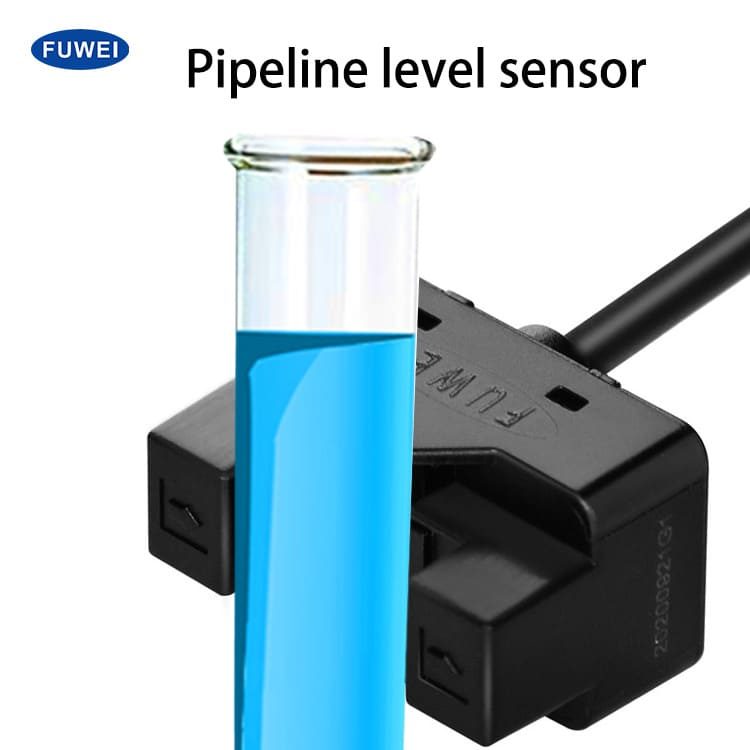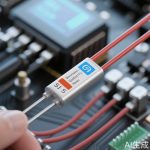In the rapidly evolving landscape of modern industry, the reliability of sensor technology is paramount. Industrial sensors serve as the eyes and ears of automated systems, monitoring everything from temperature and pressure to motion and environmental conditions. However, the accuracy of these sensors is not guaranteed without rigorous testing protocols. Industrial sensor testing is the unsung hero that ensures these devices perform flawlessly, safeguarding both operational efficiency and workplace safety.
Why is industrial sensor testing so crucial? Consider a manufacturing plant where sensors regulate machinery temperature. A malfunctioning sensor could lead to overheating, causing equipment failure or even hazardous situations. Similarly, in the pharmaceutical industry, sensors must maintain precise environmental conditions to ensure product integrity. Without thorough testing, the consequences of sensor failure can range from costly downtime to severe safety incidents. Testing validates that sensors meet specified standards and perform reliably under real-world conditions.
The process of industrial sensor testing involves multiple stages, each designed to evaluate different aspects of sensor performance. Calibration tests ensure that sensors provide accurate readings by comparing their outputs against known reference values. Environmental tests expose sensors to extreme conditions—such as high temperatures, humidity, or vibrations—to assess their durability and stability. Functional tests verify that sensors respond correctly to changes in the measured variables, while longevity tests simulate extended use to predict lifespan and reliability.
Advancements in technology have revolutionized industrial sensor testing. Automated testing systems now allow for high-throughput evaluation, reducing human error and increasing consistency. Data analytics and machine learning algorithms can identify patterns and anomalies in sensor performance, enabling predictive maintenance and minimizing unexpected failures. Furthermore, the integration of Internet of Things (IoT) technologies facilitates remote monitoring and real-time diagnostics, making it easier to manage sensor networks across vast industrial complexes.
Despite these technological strides, challenges remain in industrial sensor testing. Sensors deployed in harsh or inaccessible environments—such as deep-sea operations or high-radiation areas—pose unique testing difficulties. Additionally, the increasing complexity of smart sensors, which often include embedded software and connectivity features, requires more sophisticated testing approaches. Industry standards, such as those set by the International Electrotechnical Commission (IEC) and the International Organization for Standardization (ISO), provide guidelines, but adapting these to emerging technologies is an ongoing effort.
Investing in comprehensive industrial sensor testing is not just a regulatory necessity; it is a strategic advantage. Companies that prioritize testing benefit from reduced operational risks, lower maintenance costs, and enhanced product quality. For instance, in the automotive industry, rigorously tested sensors contribute to the reliability of advanced driver-assistance systems (ADAS), which are critical for vehicle safety. In energy sectors, tested sensors help optimize resource extraction and distribution, promoting sustainability.
Looking ahead, the future of industrial sensor testing will likely be shaped by innovations such as digital twins—virtual replicas of physical systems that allow for simulated testing and analysis. Artificial intelligence will continue to play a pivotal role in automating and refining testing processes. As industries embrace Industry 4.0, the demand for sensors that are not only accurate but also intelligent and interconnected will grow, making robust testing protocols more important than ever.
In conclusion, industrial sensor testing is a cornerstone of modern industrial operations. It ensures that sensors deliver the precision and reliability required for safe, efficient, and innovative processes. By embracing advanced testing methodologies and staying ahead of technological trends, industries can build a foundation of trust in their sensor systems, paving the way for a smarter and more resilient future.




Leave a Message